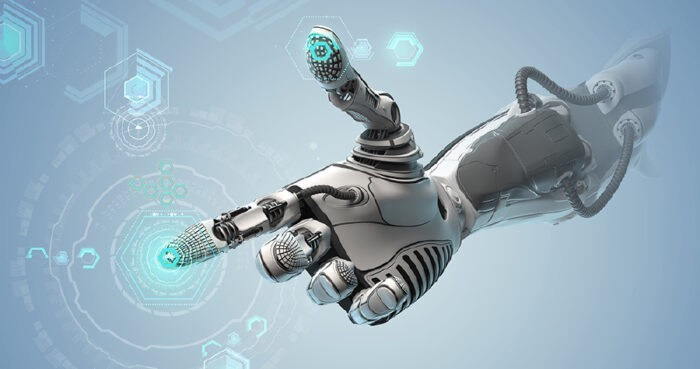Development of robotics, artificial intelligence, & machine learning is ushering in a present age of automation, as computers relate or outperform human management in a range of work actions, involving ones needing cognitive capabilities. In this case, part of our current research into the future of work, we analyze the automation a power of the global economy, the aspects that will derive the pace & extent of workplace acceptance, and the economic influence related to its strength.
- Automation of actions can enable trades to improve performance, by decreasing errors & enhance quality & fastness and in some cases achieving outcomes that go beyond human Capabilities. Automation also contributes to Productivity, as it has done historically. Based on our scenario modeling, we estimate automation could raise productivity growth globally by 0.8 to 1.4 percent annually.
- Almost half the activities people paid virtually billion in wages to do in the world economy have the power to automate by adapting present demonstrated the technology, according to our analysis of more than 2e,000 work activities across 800 occupations. While less than 5 percent of all professions can be automated entirely using demonstrated technologies, about 60 percent of all trades have at least 30 percent of the constituent more occupations will change that will be automated away.
- Activities most susceptible to automation involve physical activities in highly structured and predictable environments, as well as the collection and processing of data. In the United States, these actions make up Its operations in the financial field adding to almost billions in wages. They are most important in production, accommodation & food service, & retail trade, & add some middle-skill jobs. Technical, economic, & social factors might determine the pace and extent of automation. Continued technological progress, for example in areas such as shared language processing is a crucial aspect. After technical feasibility, the price of technology, competition with labor including skills & supply and required dynamics, performance profits including & beyond labor price savings, and social & regulatory acceptance will keep the pace & scope of automation. Our scene suggests that half of today’s work actions could be automated by 2055, but this can happen up to 20 years earlier/later Caring on the various factors, in extra to other broader economic situations.
- People will require continuing working alongside devices to manufacture the development in per capita G.D.P to which countries around the world inspire. Our productivity projects assume that people displaced by automation might find another job. The anticipated movement in the actions in the labor force is of a similar class of magnitude as the long-term shift away aimed at agriculture and decreases in manufacturing the share of job in the United States, both of which accompanied by the creation of new types Of work not foreseen at the time.
- For business, the performance benefits of automation made difficult for strategy makers. They must embrace the for its economies to profit from the productivity growth potential & lay in place policies to enhance investment & market incentives to Encourage continued progress & change. Meanwhile, they must evolve and innovate strategies that help workers and institutions adapt to the impact on employment. It will likely include rethinking education and training, income support and safety nets, as well as the change help for those dislocated. Individuals in the market will need to connect more comprehensively with devices as part of their everyday actions & acquire new skills that will be in need of the modern automation age. Automation is not a recent phenomenon, & questions about its promise and effects have long accompanied its advances.
Automation now has the power to change the daily job activities of everybody, from miners & gardeners to commercial bankers, fashion designers, welders, and C.E.Os.
But in what way quickly will these advances become a truth in the market?
And what will their influence be on employment & productivity in the world class?
We have been following an investigation study on automation technologies & their potential effects. Few of our significant findings involve the below points.
- We are into a new automation era in which robots & computers could not only perform a range of daily physical work activities better & more cheaply than humans but are also increasingly capable of accomplishing activities that include cognitive capabilities. These include making tacit judgments, sensing emotion, or even driving—activities that used to be considered too difficult to automate successfully.2
- The automation of operations could enable productivity development & other profits at both the stages of individual process & businesses, as well as at the scene of entire economies, where manufacturing acceleration is sorely needed, primarily as the share of the working-age
 EN
+1 669-231-8743
EN
+1 669-231-8743
